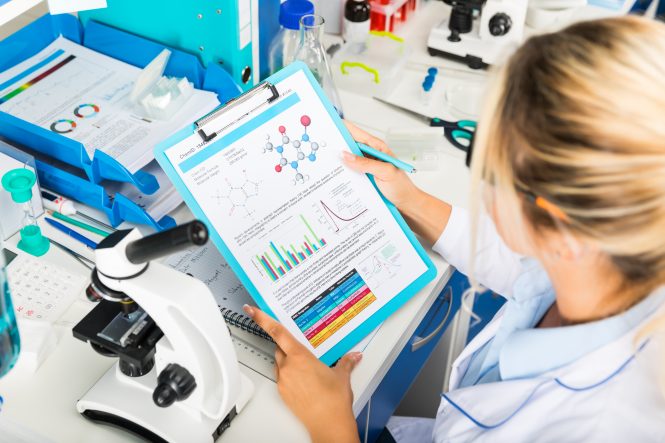
Almost daily, there are articles addressing the need for healthcare to be more consumer centric. We envision the topic within the context of service, access, and affordability. Yet, there remains a component that encompasses how we engage those we serve from a clinical perspective.
Diagnosing and treating has been the primary focus of clinicians’ training. But, as we delve into the diagnosis concept, there is a real disconnect between the consumer’s viewpoints and the clinician’s view. The nature of medicine doesn’t always lend itself to precisely knowing what is occurring from a physiologic and symptomatic perspective. Therefore, we must, first and foremost, move to a “rule out” mindset. Meaning, how do I ensure the patient does not have a problem that may lead to severe morbidity or mortality?
However, if we consider the lens of the consumer, that isn’t necessarily what they are seeking. Their primary wish is to comprehend what is happening to them (their diagnosis) and how you, the clinician, can fix the problem. This polarity creates discord between the consumer (patient) and the healthcare professional. And unfortunately, knowing what is occurring, at times, can be extremely difficult to pinpoint.
So, how do we solve this dichotomy? First and foremost, we must recognize when the situation occurs, that we have to have open conversations and not assume that satisfaction is obtained by merely knowing what is not happening. Therefore, we must frame the situation in the affirmative perspective and attempt to solve problems as they occur. We must realize that failure is defined differently depending on what side of the treatment table one sits. By admitting that solving a diagnostic dilemma is challenging, (at least) creates the space for understanding what is occurring.
Additionally, we must improve our diagnostic capabilities. This will require us to continuously search for what is occurring versus just settling for what is not present. Whether it is machine learning or even “crowdsourcing” ideas and similar experiences from other clinicians, we must move into the realm of continuous exploration until we solve the riddle before us.
This latter idea of crowdsourcing is an obtainable goal. As clinicians, we are constrained by the lack of knowledge of what other clinicians are experiencing and how they might solve a similar problem. With our informatics progressing, there is an opportunity for our systems to flag similar situations within their vast database and connect us to others that might have dealt with or are presently struggling with a similar problem. Thus, we are improving our knowledge base in a new and creative manner. We currently focus on predictive analytics; not how do we utilize the data to help me connect to others who have had similar diagnostic dilemmas.
Regardless of the solutions, it’s important to remember that to genuinely deliver value; it’s crucial to adopt a consumer-centric approach to all aspects of our activities, including our diagnostic prowess.
